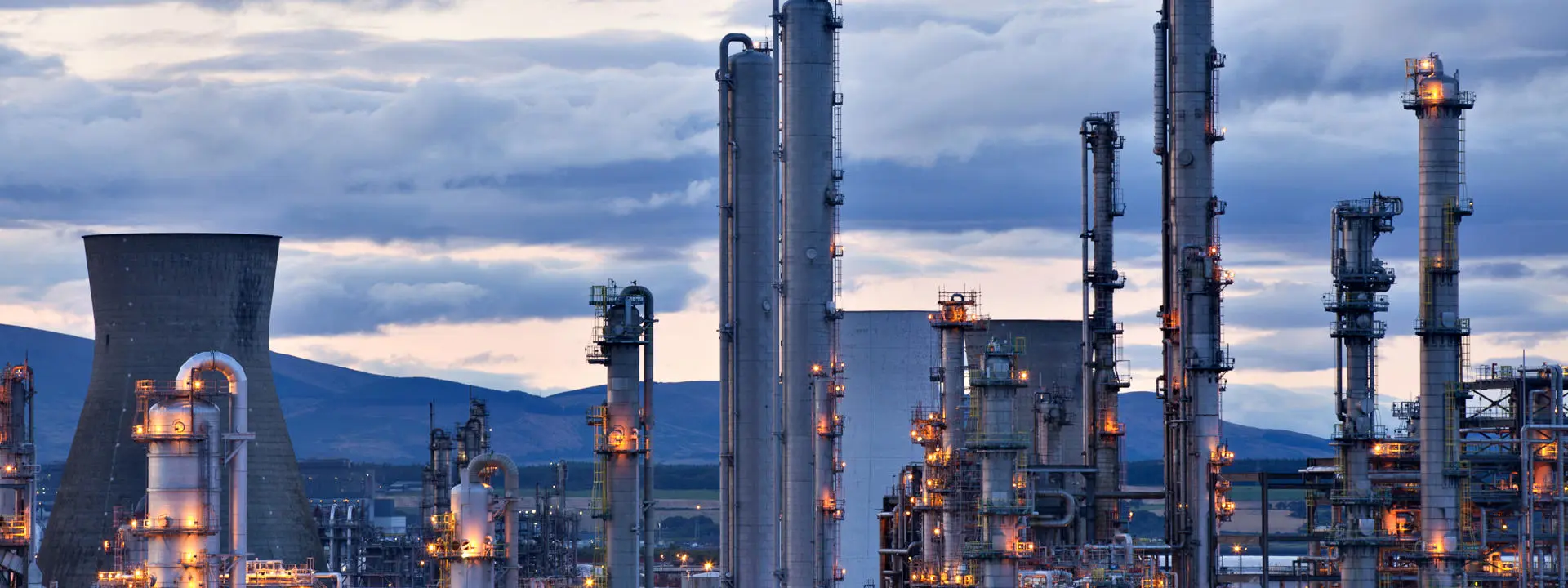Advances in chemistry unlock new pathways for industrial carbon capture, new research finds

Recent key advances in chemistry could tackle emissions from the world’s most polluting industries, according to a new study from a team led by Professor Mercedes Maroto‑Valer, Champion and Director of the Industrial Decarbonisation Research and Innovation Centre (IDRIC) and Director of the Research Centre for Carbon Solutions (RCCS) at Heriot-Watt University, and Dr Steve Griffiths, Professor and Vice Chancellor for Research at American University of Sharjah (AUS).
Published in Nature Reviews Chemistry, one of the world’s most prestigious scientific journals, the paper, titled “Chemistry advances driving industrial carbon capture technologies,” discusses how breakthroughs in chemistry are enabling more efficient and scalable carbon capture solutions for heavy industries such as oil and gas, steel, cement, aluminium and chemicals. Together, these industries account for 40 percent of global greenhouse gas emissions and 85 percent of manufacturing-related emissions.
We believe this novel approach can help players across both industry and academia pinpoint research opportunities to lower the cost and scale up the commercial deployment of the carbon capture technologies available today.
Carbon capture technology involves capturing CO₂ directly from industrial and energy sources before it enters the atmosphere, then transporting and storing or repurposing it to avoid climate impact. According to the Intergovernmental Panel on Climate Change (IPCC), global carbon capture capacity must increase more than 100-fold—from around 50 million tonnes today to between 4 and 6 billion tonnes annually by 2050—to help limit global warming to 1.5 °C.
While carbon capture technologies are already established in the oil and gas industry, their adoption across other carbon-intensive industries like cement, steel, and chemicals has lagged significantly. This review shows that advances in chemistry are increasingly positioning carbon capture as a viable solution for large-scale industrial decarbonization.
The research highlights innovations including novel amine blends that reduce energy consumption by over 30 percent, metal-organic frameworks (MOFs) that can selectively capture CO2 with extremely high efficiency, and new electroswing technologies that operate at low temperature using renewable electricity instead of energy-intensive heating.

“With heavy industries accounting for a major share of global emissions, advancing these technologies is critical if we’re serious about ever achieving net-zero emissions. Our review highlights the state-of-the-art chemistry behind industrial-scale carbon capture and potential breakthroughs that may further make industrial carbon capture more efficient, scalable and cost-effective. Our aim is for this work to provide the insights necessary for carbon capture to advance at the pace required to achieve global sustainability targets,” said Dr.Griffiths.
The paper reviews five main types of industrial carbon capture technologies—absorption, adsorption, membrane separation, cryogenic gas separation and electroswing systems—and provides insights into how chemistry innovations are improving both their effectiveness and affordability.

“Our work has identified carbon dioxide capture technologies that have progressed to the early stages of development to decarbonise industrial sectors, with a focus on the chemistry that underpins these technologies," said Professor Mercedes Maroto‑Valer.
"We took a global perspective, recognising that carbon capture must be tailored to local contexts. The performance parameters outlined in our research enable industry players to compare materials and technologies more effectively than has previously been possible. We believe this novel approach can help players across both industry and academia pinpoint research opportunities to lower the cost and scale up the commercial deployment of the carbon capture technologies available today."
Additional authors include Prof John M. Andresen from the School of Engineering and Physical Sciences and Dr Jeannie Z. Y. Tan from the Research Centre for Carbon Solutions (RCCS), both at Heriot‑Watt University, as well as Mr Joao M. Uratani from the University of Sussex’s Science Policy Research Unit (SPRU).
This is the second high-profile study in the past year involving researchers from AUS and Heriot-Watt University, following a recent collaboration that proposed green flight paths and the adoption of sustainable aviation fuel as strategies for decarbonising long-haul air traffic.
The published paper is available at www.nature.com/articles/s41570-025-00733-3.
For more information about AUS’ research, visit: www.aus.edu/research.
Image credit: Image: Shutterstock